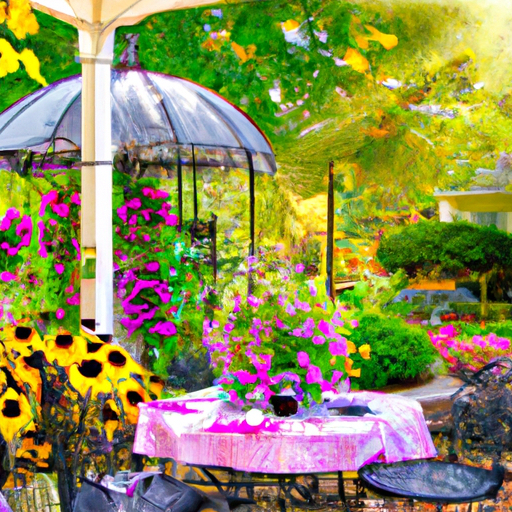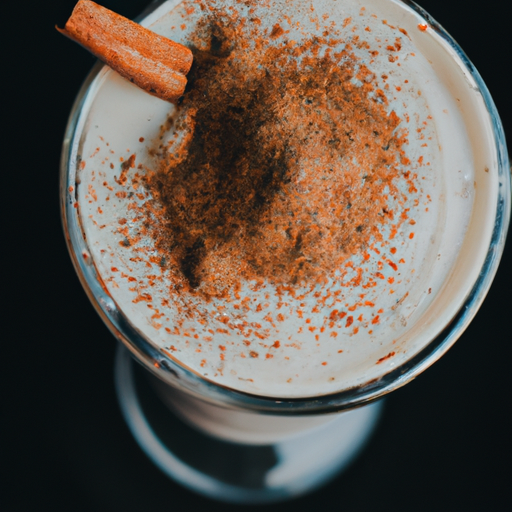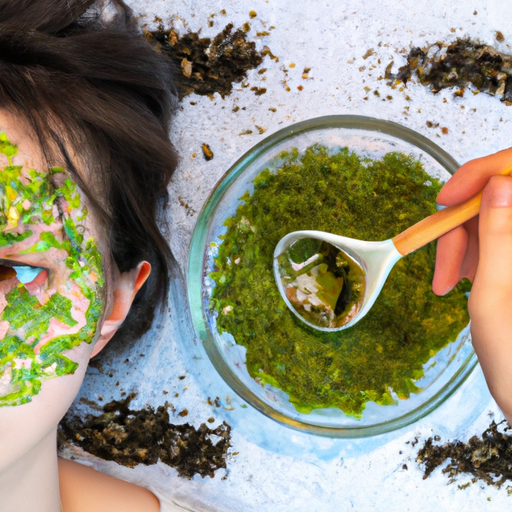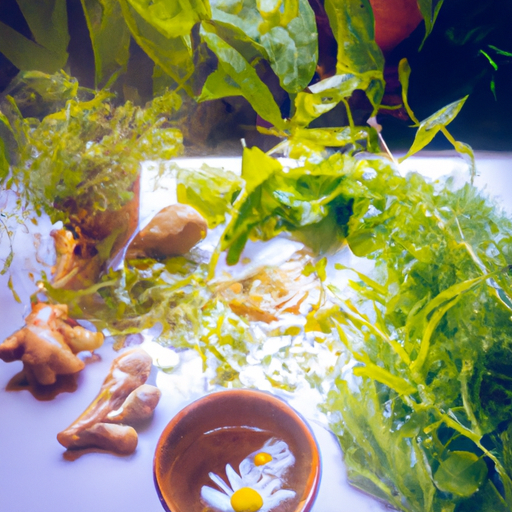Enter the charming realm of Annabelles Tea Room in Kingsville, Ontario, where time appears to pause, and each sip of tea carries a hint of enchantment.
Nestled within the walls of a charming 1859 historic home, this delightful tea house quickly became a beloved treasure in our community when it opened its doors in 2007.
Prepare to be transported to a bygone era as you enter through the grand entrance, where the aroma of freshly baked scones wafts through the air, mingling with the gentle clink of teacups and the faint strains of soft music.
The tea shop, adorned with a myriad of antique teacups and saucers, beckons you to explore its treasures.
Immerse yourself in the timeless elegance of Annabelles as you indulge in a wide selection of loose leaf teas and delectable lunch options.
Whether you’re celebrating a special occasion or simply seeking a moment of tranquility, Annabelles Tea Room offers an unforgettable experience that will leave you longing to return.
Key Takeaways
- Annabelles Tea Room was located in Kingsville, Ontario and opened in 2007.
- It was housed in an 1859 historic home and was known for its afternoon tea tradition.
- The tea room was a popular spot for celebrations and had a wonderful atmosphere with freshly baked scones, clinking teacups, and soft music.
- The menu offered a variety of teas, lunch options, and alcoholic beverages, with the Queen Tea Service being a popular order.
What is Annabelles?
I know that Annabelles Tea Room in Kingsville, Ontario, is a charming tea room that has been open since 2007. It is housed in a beautiful historic home. It is known for its afternoon tea tradition and is a popular spot for celebrations.
As soon as you step inside, you are greeted by a wonderful atmosphere filled with the aroma of freshly baked scones, the sound of clinking teacups, and soft music playing in the background. On the left side of the entrance, you can find their tea shop, where they sell a variety of loose leaf teas and other gift shop products.
The seating rooms are beautifully decorated with tea-related antiques, creating a cozy and inviting ambiance. With three seating areas and additional seating available on a small set of stairs, there is plenty of space for guests to relax and enjoy their tea.
The menu offers a wide selection of teas, lunch options, and even alcoholic beverages. The tea prices are quite reasonable, with personal pots costing $2.50 each and sharing pots priced at $5.00. Sugar cubes are provided at the table, including artisan sugar cubes for those looking for something a little extra special. The tea menu is organized by the type of tea, caffeine content, estate teas, blends, flowering teas, and even children’s teas.
If you’re feeling hungry, you can indulge in their delicious lunch offerings, such as the Queen Tea Service, which includes mini tea sandwiches, a freshly baked scone, and a cup of soup. Other entrees like the Quiche Du Jour and Portobello Baguette Sandwich are also available. One thing that sets Annabelles apart is their attention to detail in food presentation. They use unique fruit and vegetable cutouts, fresh herbs, and decorative cookie cutouts to make each dish visually appealing. Even the butter for the scone is presented as a small rippled ball on a toothpick.
The tea room itself is decorated with beautiful antiques, including art pieces, books, teaspoons, and teacups and saucers that are used as decorations throughout the space. During the Christmas season, Annabelles goes all out with festive decorations, creating a magical and cozy atmosphere.
Located at 76 Main Street East, Kingsville, Ontario, Annabelles Tea Room is a must-visit spot for tea lovers and anyone looking for a delightful and memorable dining experience. Reservations are highly recommended, as this charming tea room is permanently closed as of 2020.
Location and History
Nestled in the charming town of Kingsville, a historic home dating back to 1859 serves as the enchanting backdrop for Annabelle’s Tea Room. Sadly, this beloved tea room has permanently closed its doors as of 2020. It leaves behind a legacy of tradition and celebration that will be greatly missed.
-
A place of history: Housed in an 1859 historic home, Annabelle’s Tea Room had a rich and storied past that added to its charm.
-
Afternoon tea tradition: Known for its delightful afternoon tea tradition, Annabelle’s Tea Room provided a respite from the hustle and bustle of everyday life.
-
Popular spot for celebrations: Whether it was a birthday, bridal shower, or simply a gathering of friends, Annabelle’s Tea Room was the go-to place for special occasions.
Although Annabelle’s Tea Room is no longer open, its memory will forever be cherished by those who experienced its wonderful atmosphere and indulged in its delectable treats.
Menu and Atmosphere
Located in a charming 1859 historic home, Annabelle’s Tea Room offered a variety of teas, lunch options, and alcoholic beverages. This created a delightful atmosphere for guests to enjoy. The afternoon tea experience at Annabelle’s was truly special. It included freshly baked scones, clinking teacups, and soft music filling the air.
As you entered the tea room, on the left side, you would find the tea shop. They sold a wide selection of loose leaf teas and other gift shop products. The seating rooms were beautifully decorated with tea-related antiques, creating a cozy and inviting ambiance. There were three seating areas, and additional seating could be found up a small set of stairs.
The menu at Annabelle’s Tea Room was organized by type of tea, caffeine content, estate teas, blends, flowering teas, and even children’s teas. It was truly a haven for tea enthusiasts and those looking for a unique and memorable dining experience.
Frequently Asked Questions
What is the seating capacity of Annabelles Tea Room?
The seating capacity of Annabelles Tea Room is not specified in the provided information. However, it is known for its beautifully decorated seating rooms with three areas and additional seating with a small set of stairs.
Does Annabelles Tea Room offer gluten-free or vegan options?
Yes, Annabelles Tea Room offers gluten-free and vegan options. They have a variety of delicious menu items that cater to those with dietary restrictions, ensuring that everyone can enjoy their experience at the tea room.
Are reservations required for afternoon tea at Annabelles Tea Room?
Absolutely, reservations are highly recommended for our delightful afternoon tea experience. Immerse yourself in the charming ambiance of Annabelles Tea Room and secure your spot to indulge in a truly memorable tea time.
Does Annabelles Tea Room host private events or parties?
Yes, Annabelles Tea Room offers private event services and party packages. They provide a charming and cozy atmosphere, delicious tea and food options, and beautiful antique decor. It’s the perfect venue for a special celebration or gathering.
Are there any special events or promotions offered at Annabelles Tea Room throughout the year?
Throughout the year, Annabelle’s Tea Room offers a delightful special event calendar, filled with enchanting themed tea parties, festive holiday celebrations, and exclusive promotions. Don’t miss out on the delightful surprises that await!










